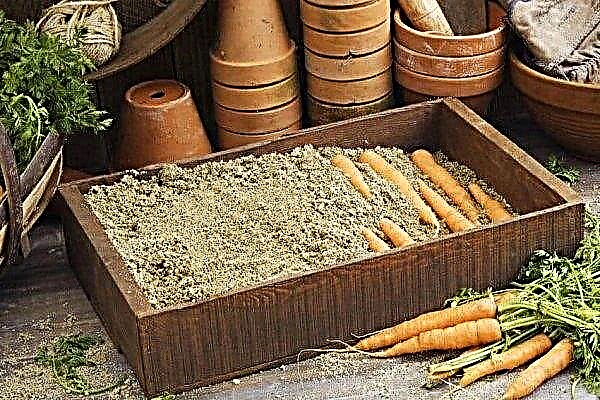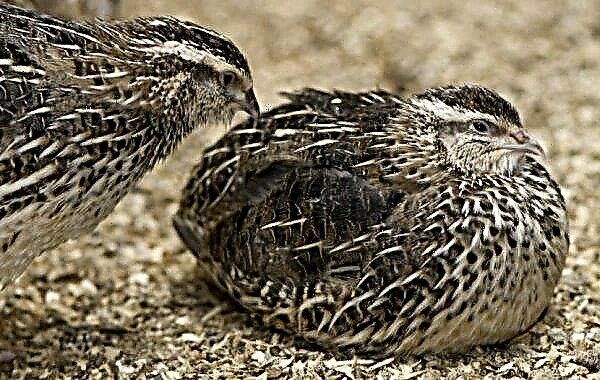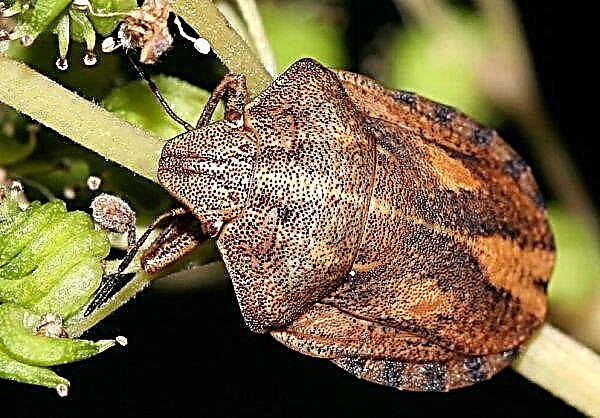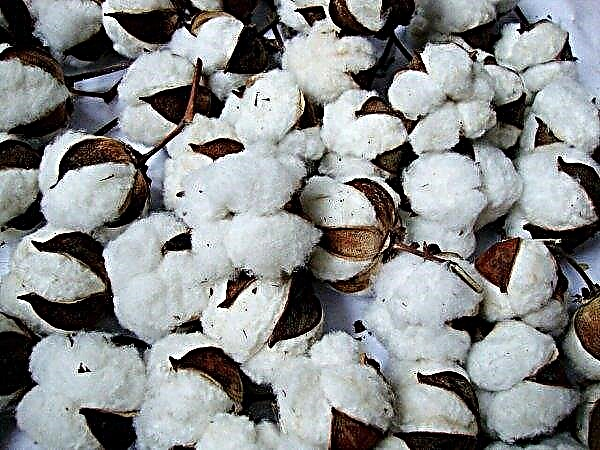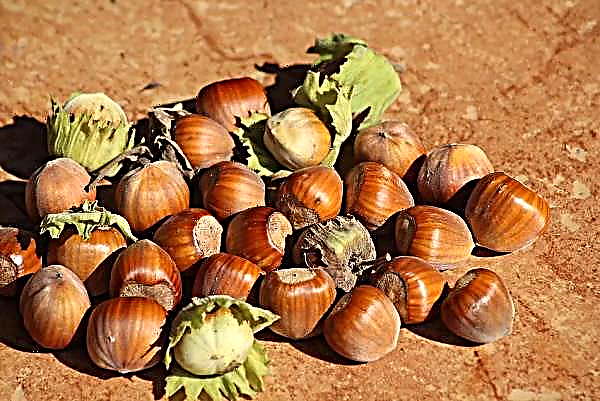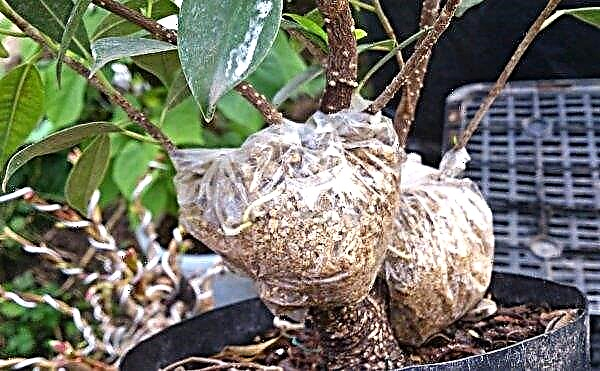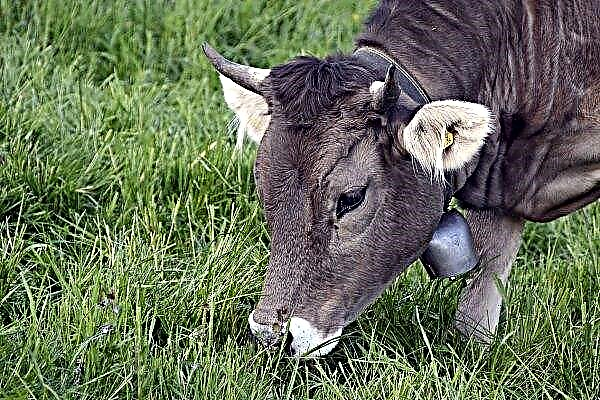Irises often become a bright accent and a real decoration of a garden, a summer cottage. Considering their unpretentiousness to watering during the entire flowering, as well as the photophilousness and drought tolerance, it is they who can become your favorites when forming a flower bed. The article will explain the reasons why irises do not bloom.
Reasons why irises do not bloom
If you have purchased high-quality planting material and planted it in accordance with all the rules, patiently waited for 2-3 years of adaptation, and irises still do not please you with magnificent flowering, there may be several reasons:
- Perhaps you came across a rare variety or a newfangled hybrid from afar - from Australia, the USA, and Holland. Then be prepared for the fact that the adaptation period will increase by another couple of years. All this time it is necessary to fully care for the plant, thereby allowing the formation of a good root system. So you are sure to wait for an unusual result.

- If your home irises do not bloom, check the amount of sunlight on the flower bed. Plants of this species very painfully tolerate dimming, and from the very first days. Experienced flower growers even advise to orient the rhizomes to the south during planting.

- A healthy plant needs only 2-3 moisture per season, and they need additional moisture during certain periods: 2-3 weeks after planting and at the time of bud formation. Signs of a violation of the water regime are rare buds, sluggish flowers.

- In preparation for the winter, you should not cover the bed with irises too early, since the likelihood of root maturation is high and, as a result, the disease of the plant. But you can’t delay it with warming: by the first heat the flower bed needs to be freed from mulch and spruce branches.

- Among irises there are many early flowering varieties, and even in a warm spring, sudden frosts in 2-3 days can ruin a flower bud. It is impossible to fix this situation, but it is easy to prevent the problem: just follow the temperature schedule and cover the plants in time.

- Sometimes, with good care, irises categorically refuse to bloom. Fertilized by fertilizers, in good soil, in the sun, with moderate watering, they gain green mass, strengthen and grow rhizomes, but do not want to spend their energy on flowering and seed box formation. In this case, you should stop applying fertilizers, having arranged the plant with light stress, which will give results in the next season.

- If there are no flowers, but even the leaves look weak, flat and not bright, then most likely this is a lack of minerals - especially phosphorus and potassium. Chicken droppings and manure are not allowed for fertilizing irises. Use only mineral top dressing. If you are a fan of natural methods, then ash is the best option.
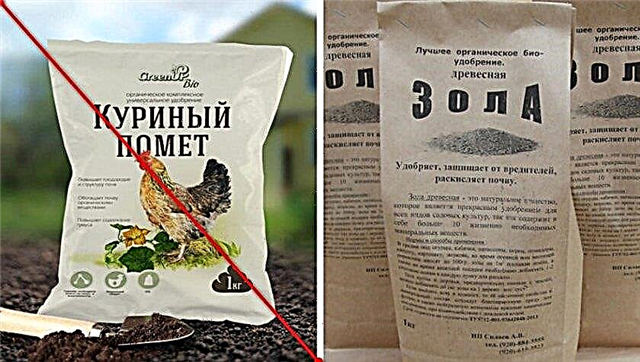
- If buds formed on a strong bush, but they do not develop further, then, most likely, this is an iris fly. It is easy to detect it: break one of the upper buds, in the affected you will see rot and white worms - these are its larvae. Insecticides should be used for control.
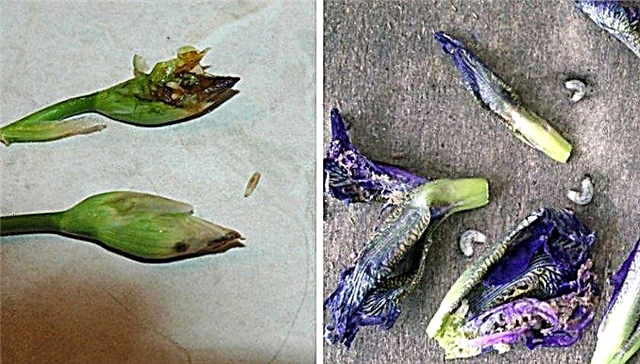
- If a plant that bloomed for more than one year suddenly stopped blooming, then most likely it was time to thin out and divide the rhizomes. By the way, it is better to transplant flowers to the ground, where irises have not grown for the last 3-4 years. If you want to leave the flower garden in its old place, then you need to feed the earth, loosen and disinfect, and reduce acidity.
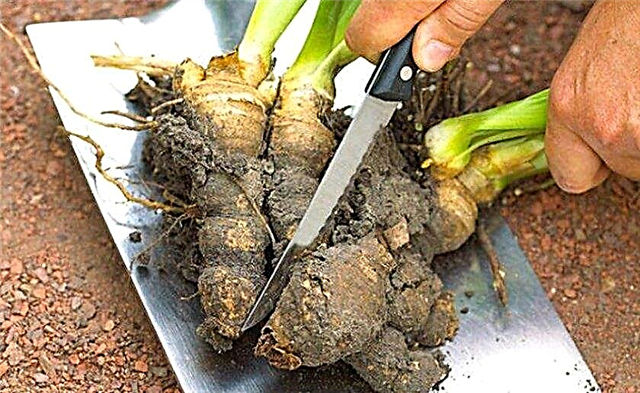
- Irises are very harsh and aggressive neighbors. If you see that the flowering activity has decreased not in one plant, but in the flower garden as a whole, then the rhizomes of plants interfere with each other and require an urgent transplant.
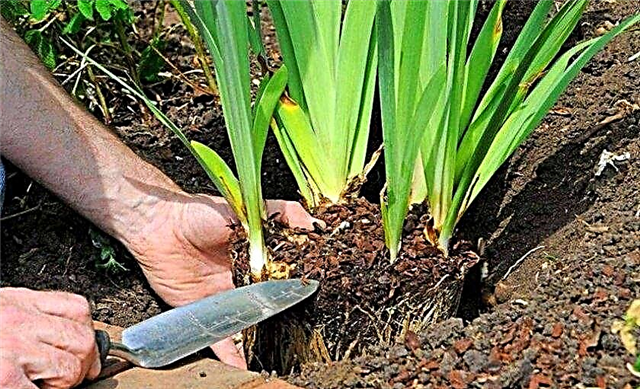
How to stimulate flowering
The first fertilizing with nitrogen fertilizer is carried out in early spring, you can still on the last snow and always on wet ground. Put the dry mixture into shallow grooves and sprinkle with fresh soil without pouring water. The sooner irises are planted after flowering, the greater the likelihood that the plant will accept and grow to the desired size.
Due to this placement, top dressing slowly dissolves and provides long, uniform flowering. Follow the main rule of mineralization of irises - it is better to underfeed than to overfeed.Important! The key to a long, uniform blooming of irises that can decorate your garden is the correct layout of early and late varieties.

Proper care
Caring for irises does not require the use of special skills - these flowers are quite unpretentious in this regard, but it is important to remember some features. In irises, which have a root system, weeds must be removed manually: due to the fact that the roots are close to the surface of the soil, they can be damaged. You should also be careful when loosening the earth around the flower.
In bulbous species, bad leaves are removed in the fall and cut to half in winter. It is important to cover them in order to protect from frost - this can be done with earth or fallen leaves. In early spring, the flowers open. During flowering, wilted flowers and dry leaves must be cut.
Watering and feeding
Often watering irises is not necessary. They tolerate elevated temperatures, an excess of light and light drought. Regular and plentiful watering is required during flowering. The rest of the time, watering the plants is necessary as the earth dries around the base. In this case, it is preferable to carry out the procedure in the evening, avoiding the ingress of water on the flowers.
These flowers are fed in early spring. Most often, potassium-phosphorus mixtures in liquid form are used as fertilizers. If necessary, you can fertilize the irises during the active phase of growth, making top dressing under the root. It is important to remember that during flowering, the use of fertilizers of any kind is prohibited.Important! In caring for irises, it is important to prevent stagnation of water. This may entail the process of root decay.

How to crop
After the plant fades, it is important to remove flowers and spoiled leaves. It is not worth immediately pruning too low, as there are varieties that bloom repeatedly in the fall. Yellowed and damaged leaves should be removed with a sharp tool, leaving a semicircular edge.
After the leaf plates have dried, with the onset of cold weather, they must be cut, leaving a height of 10-15 cm. It is recommended to burn the leaves after the cut, as they may contain pests or their larvae.
Winter preparations
If irises remain to winter in the ground, they should be prepared for this in a certain way. These flowers are not afraid of cold weather and endure insignificant frosts. At the same time, they do not tolerate excess moisture.
After flowering, but before frosts, the iris is trimmed so that the height of the bush is 10-15 cm. If shelter is required for a good wintering, you can use dry leaves, peat or sand for this purpose.Did you know? Japan traditionally celebrates Iris Day. In another way, it is called "Shobu no sekku", dedicated to the boys and reflects the identity of the people.

In no case do not use the film: so the iris will lock and disappear. In the spring, shelter must be removed with the arrival of heat. Bulbous species, such as bearded iris, are recommended to be dug up for wintering and stored in a dry place.
Video: Preparing irises for winter
Pest and disease prevention and treatment
Most often, pests settle on bright varieties of iris. For timely assistance to the plant, it is necessary to carefully monitor it during its growth. The following are the diseases and pests that these plants are susceptible to:
- Root rot. This disease is caused by the Erwinia aroidea bacteria and leads to the destruction of the root system. The flower after the defeat does not grow, and the foliage acquires a brown hue. Bacteria can infect the flower through contaminated manure or soil, develop due to hypothermia of the roots, or deficiency of calcium and phosphorus compounds. Affected bushes must be discarded. If it is possible to save the flower, you should cut off the affected part of the root and sprinkle with charcoal. Before planting, it is recommended to treat the roots with a 0.5% potassium permanganate solution.

- Fusarium Iris dries foliage, roots and flowers. Also, the roots may begin to rot. Treat plants with contact fungicides. Planting material is treated with a 5% solution of soda or a solution of copper sulfate.
- Gray rot. May affect stems, foliage, and flower roots. The leaves become thin and begin to rot, becoming covered with a gray coating. For prevention, it is necessary to prevent a lack of phosphorus and calcium in the soil. It is recommended to throw out the affected bushes, and treat the areas with fungicides.

- Rust. Leaves are covered with brown spots with spores of the fungus. They must be removed and burned so that the disease does not pass to other flowers. It is recommended to feed plants with phosphorus and potassium. The sites are treated with zinc and copper-containing preparations or a suspension of colloidal sulfur.
- Mosaic diseasethat viruses can provoke. A yellow net pattern in the form of a mosaic appears on the flowers. The flower stops growing and dies, as the disease cannot be cured. As a prophylaxis, it is worth removing diseased plants and fighting the virus carrier - the aphid (using insecticides).

- Scoops. Damage the base of the flower, after which it dries. If a plant is affected by them, then its leaves and buds lose their color, become pale and dull. For the purpose of prevention, at the beginning of the growing season, you should spray the plant with a 10% solution of malathion and treat the flowers with a “Trichogramm”. For prevention, weeds are removed from the site, as some scoops can leave their eggs on them.
- Slug. To combat them, scatter burdock leaves or wet rags near the plant. After the slugs get there, you just need to remove the traps from the site along with the pests. Metaldehyde granules are also an effective way to control these pests. Early in the morning they should be scattered on a site so that on 1 m² there were about 30 g of substance. It is important to remove plant debris from the territory, drain waterlogged areas and deeply dig the soil. And also it is necessary to process the earth with superphosphate, iron sulfate or ammonium sulfate.
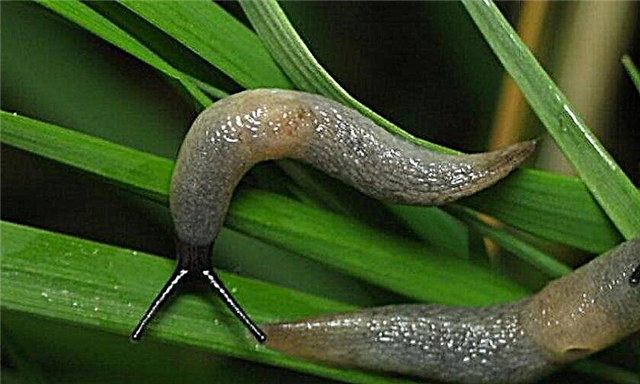
- Iris fly. Outwardly indistinguishable from a regular fly. It hibernates in the ground, and in early spring lays its eggs in a bud, which rots inside and dries out. Infection can reach 90–100%. In the absence of operational control measures, the number of individuals increases every year. The iris fly can only be defeated by systemic tillage with appropriate insecticides. Of the most popular, they use Actellik, Bi-58 and Confidor. Digging the soil is also recommended to prevent the emergence of new individuals. You can count on a good result provided that neighbors join you, otherwise the work will be in vain.
Did you know? Until the second half of the 19th century, in Russia, irises had a completely different name. — "Killer whales". Western Slavs called him "Peruniks."
Now you know how to care for and upgrade irises, and also why they can stop blooming. The flowers considered are in demand among gardeners precisely because of the ease in further care. Bright iris is able to delight with its long flowering and easily add colors to any area.















